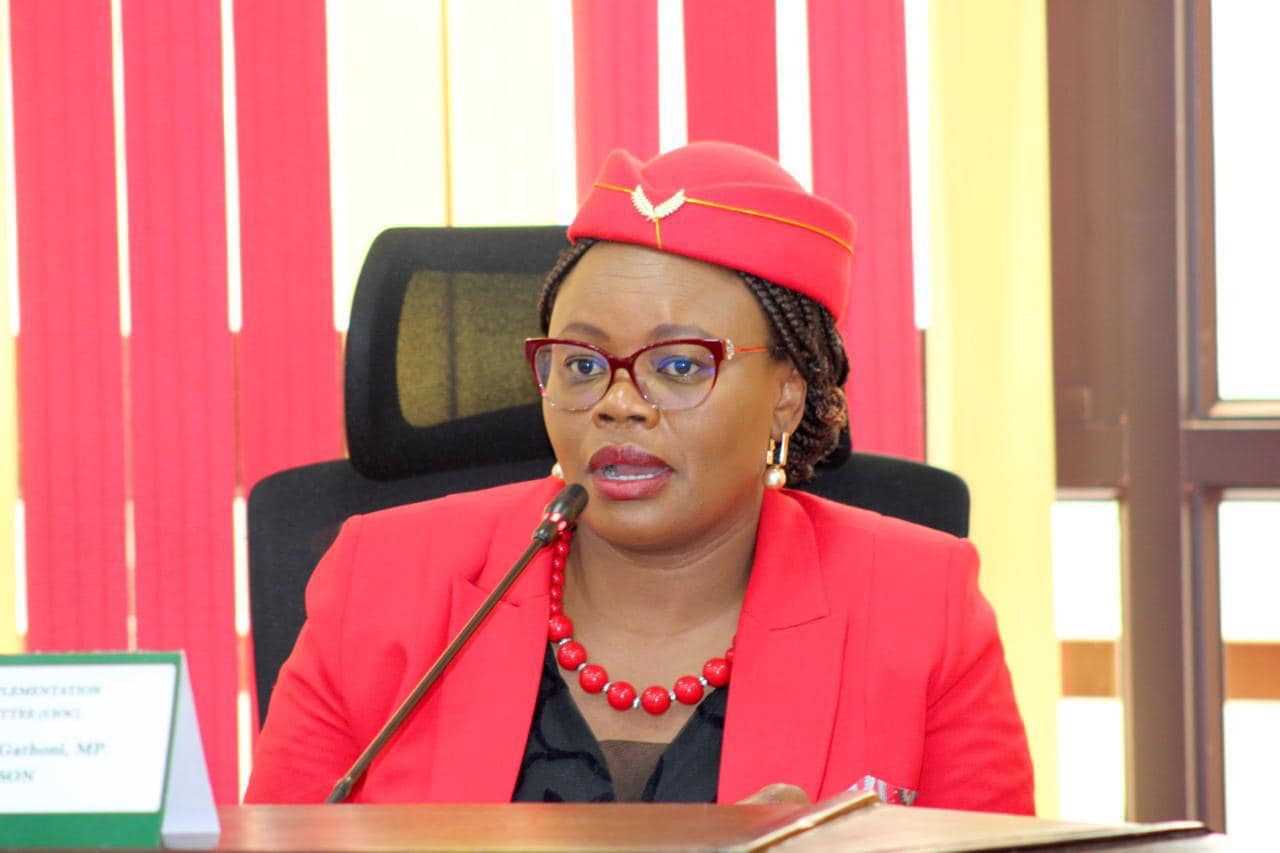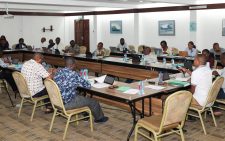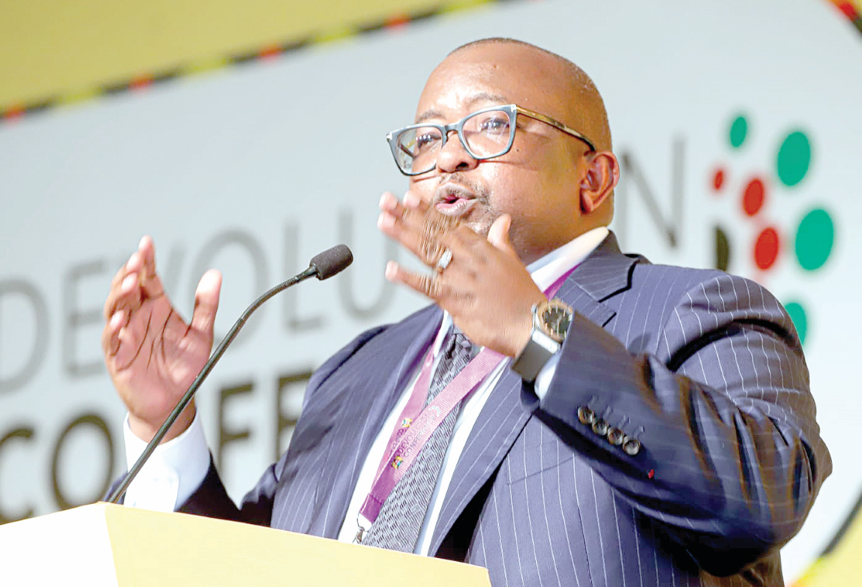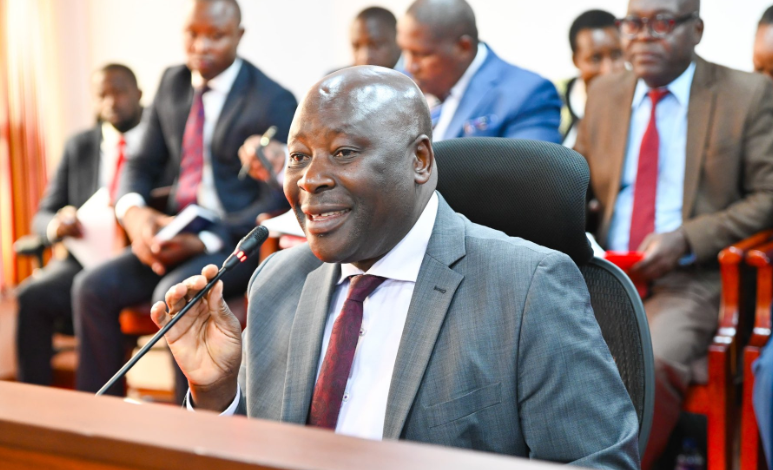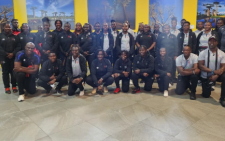Agency says Kenya needs Sh3.1b funding to manage migration
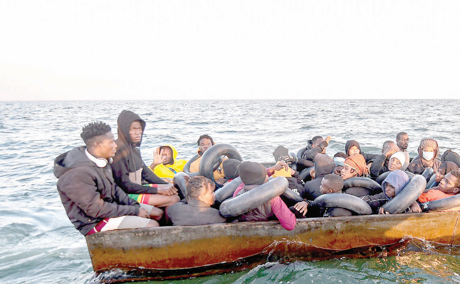
As Kenya continues to implement visa visa-free entry policy targeting foreign visitors, a United Nations (UN) migration agency estimates the country will require USD21.97 million (Sh3.1 billion) in donor funding to meet the growing needs arising from the inflow of migrants this year.
In the report dubbed, Global Appeal 2024, UN’s International Organisation for Migration (IOM) a total of US$831 million is required to fund its operations in East Africa and the Horn of Africa region comprising Kenya, Uganda, Tanzania, Burundi, Rwanda, South Sudan, Ethiopia, Djibouti, Eritrea and Somalia.
IOM is targeting its five missions in the region with Burundi getting the lion’s share of the donation having been allocated US$62.70 million (Sh9.08 billion).
Kenya is second followed by Djibouti with US$14 million, Rwanda with US$11.5 million and Tanzania with US$9.5 million.
The beneficiaries of this donor funding include 13.43 million internally displaced persons, 6.98 million members of the local population, 430,000 international migrants, 210,000 internal migrants, 120,000 refugees and 5,024 entities
The migration agency has identified three key objectives through which the funding will be disbursed to the target beneficiaries in the report that has mapped out nine regions across the world.
IOM has prioritized saving lives and protecting migrants as the first objective. Driving solutions to displacement and facilitating pathways for regular migration have been classified as objectives two and three respectively in the report.
In the Eastern Africa region, the agency estimates that it will require US$440.8 million (Sh63.8 billion) to support States and regional economic communities (RECs) to save and protect lives during epidemics, pandemics, zoonotic diseases and other public health threats by enhancing health resilience and outbreak preparedness, surveillance, detection and response.
Further, IOM is seeking to raise US$237.24 million (Sh34.5 billion) to curb the displacement of people by providing durable solutions and fostering peaceful coexistence and sustainable development. It intends to support RECs and countries to address and mitigate climate displacement by bolstering disaster preparedness and risk reduction interventions.
In a bid to support regional integration as a means of creating regular migration pathways in the region, IOM aims to raise US$153.01 million (Sh22.1 billion) to facilitate mobility and enhance its immigration and border management support to States and RECs.
“IOM aims to expand its work in the field of identity management, including through digital registration and identification as a means of facilitating pathways for regular migration, enhancing border management and migrants’ access to services,” the document reads in part.
According to IOM Director General Amy Pope, the Appeal is structured in line with the agency’s 2024-2028 strategic plan that shows not just the need for funding, but how IOM will deliver on the three strategic objectives.
Pope said: “We see daily the need to deliver on these objectives. Globalization, inequality, climate change and political instability are driving unprecedented levels of migration. The consequences of underfunded or partial, piecemeal assistance are too high to bear: more protracted displacement, greater tension and conflict, increased irregular migration, higher risks for people on the move.”
Other regions in IOM’s mind as it appeals for funds are South-Eastern, Eastern Europe and Central Asia which require USD209.5 million, Middle East and North Africa which needs USD192.6 million, Central and North America and Caribbean and European Economic Area requiring USD 184. 5 and 178.9 million respectively.
The global programme estimated to cost a total of USD224.84 million in donor funding also includes USD 139.9 million for South America, USD129.61 million for West and Central Africa, USD121.5 million for Asia and the Pacific and USD93.03 million for Southern Africa.
To entrench safe migration among nations, ION aim to provide operational support for the use of the latest border management technology and systems, promoting universal access to legal identity, and strengthening identity management of migrants.
IOM states that humanitarian aid remains critically underfunded, especially in Africa’s Sahel sub-region, where internally displaced individuals, vulnerable migrants and host populations face severe risks.
The agency warns that failure to address these concerns could intensify forced migration pressures, leading to more migrants attempting perilous journeys along dangerous routes.
“While needs have increased in recent years, traditional funding sources have become scarcer and their requirements more stringent. Declining assistance could lead to heightened protection risks and vulnerabilities; push migrants to continue unsafe journeys or return spontaneously along dangerous migration routes; and aggravate tensions with host communities, potentially leading to stigma, discrimination and xenophobia,” IOM said in the document.
The agency said that communities displaced by climate change may be forced to search for humanitarian protection and assistance or alternative livelihoods, and competition over scarce resources may exacerbate tensions and give rise to localized conflicts.
To address the issues of unregulated cross-border movements and insufficient information-sharing among border institutions, the UN body is pushing for equal rights under the employment and mobility law to combat discriminatory migration practices, respond to gender-based or related determinants of access to social services; and ensure diversity and inclusiveness.
Additionally, to support States in their efforts to address increasingly entrenched transnational organized crime, IOM will continue its counter-smuggling and counter-trafficking programming.
IOM estimates that globally the most mobile group among the migrants is the youth of under 30 years. Africa has the highest number of migrant youth with 16 per cent, followed by Latin America/Caribbean and Oceania with 14 and 13 per cent respectively. As of 2020 main destinations for migrant youth were Asia which received 33 per cent and Europe with 24 per cent.
